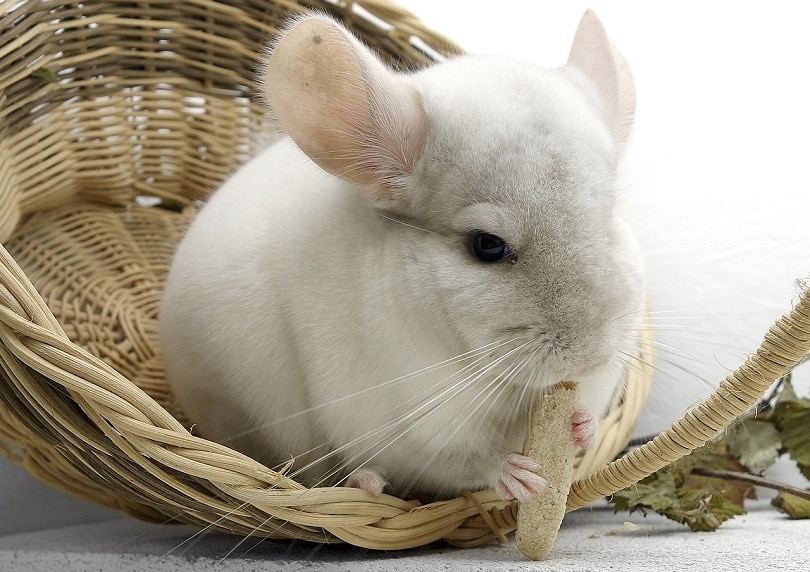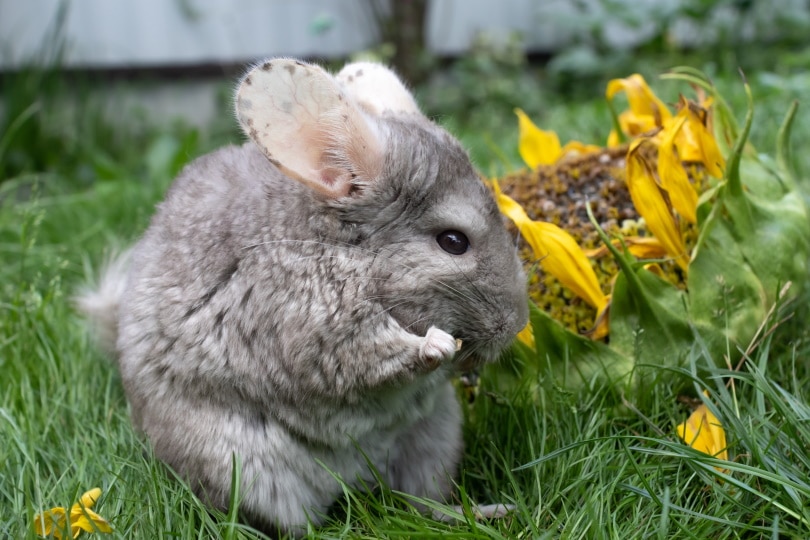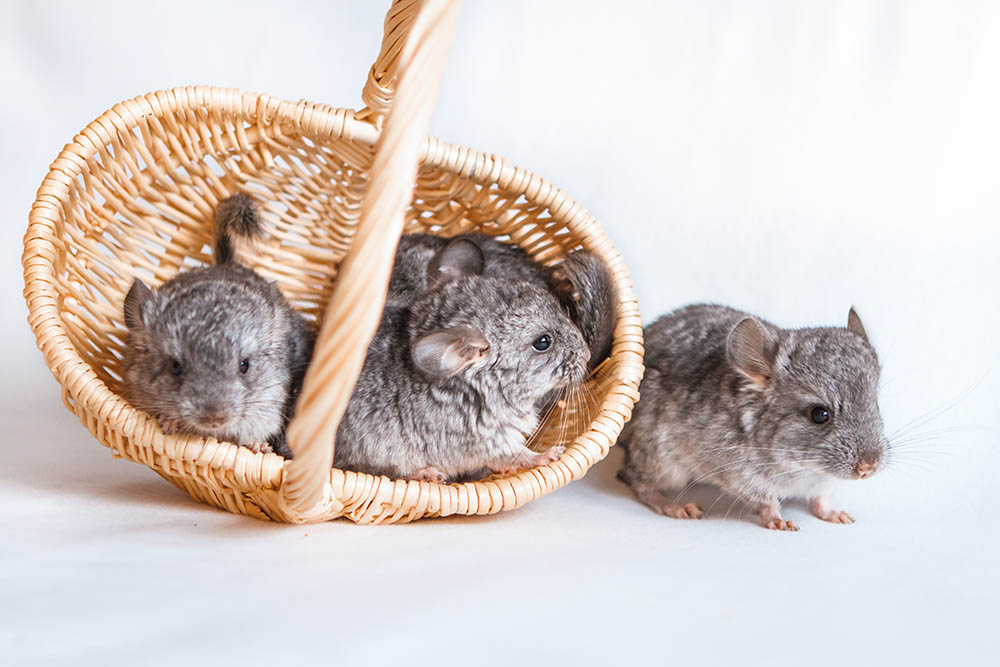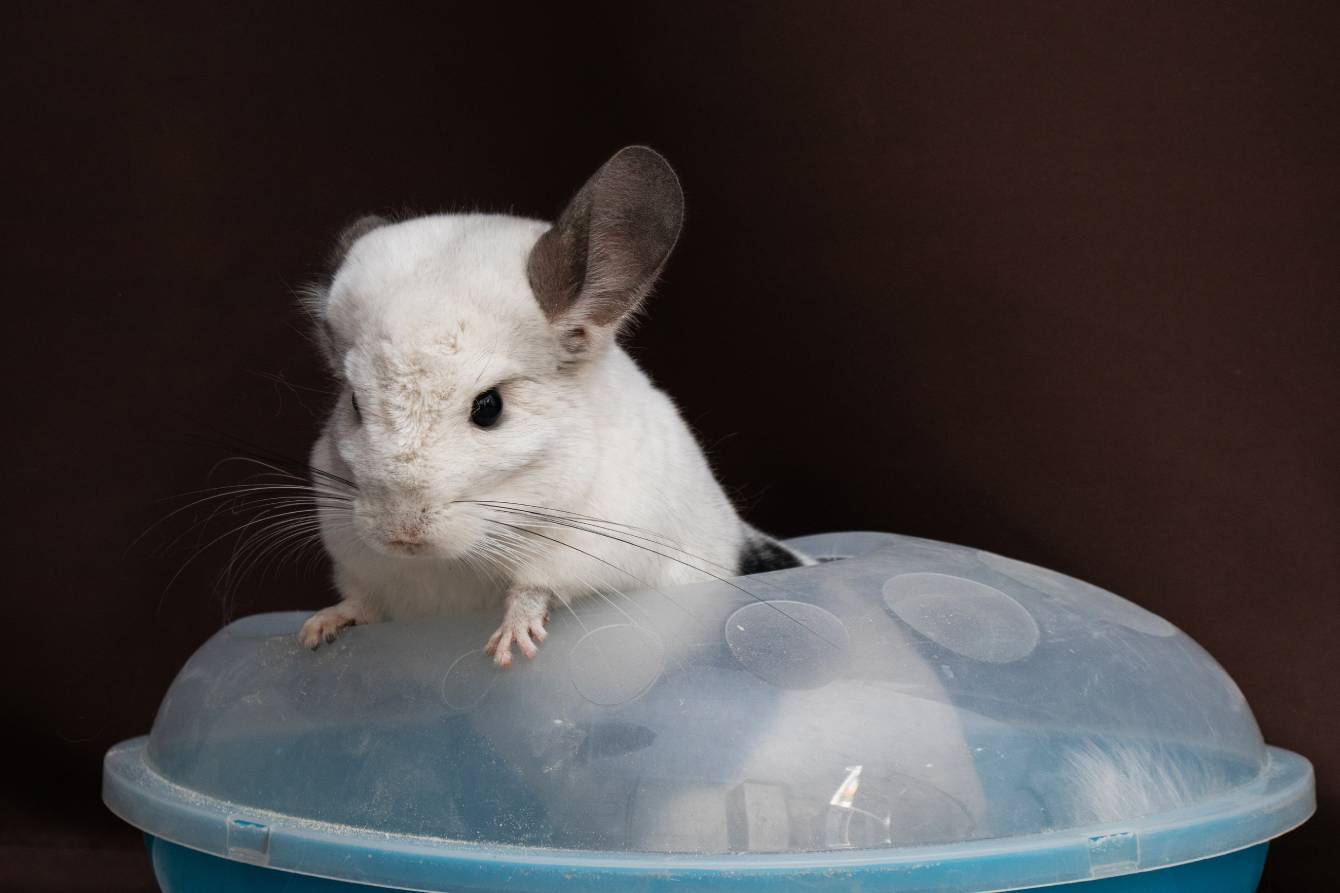
Click to Skip Ahead
Chinchillas are among the cutest of pet rodents, with an impossibly soft coat that makes them irresistible to the touch. Unfortunately, that same plush fur nearly spelled doom for the chinchilla hundreds of years ago. If you ever wondered where chinchillas are from and how they came to become such beloved pets, you’ve come to the right place!
In this article, we’ll learn the history of the chinchilla, how they nearly disappeared from the wild and how they were saved. We’ll also learn more about the chinchilla as a pet and some fun facts about these rodents.
 Where Are Chinchillas From?
Where Are Chinchillas From?
Chinchillas hail from the mighty Andes Mountains of South America. Their original range included the countries of Chile, Bolivia, Peru, and Argentina. There are two species of wild chinchillas, the long-tailed and short-tailed chinchillas.
Wild chinchillas live in higher elevations among dry, rocky habitats. They make their homes in burrows or rock crevices, forming colonies of up to 100 rodents. Wild chinchillas rely on their famous fur coats to keep them warm in their harsh native lands.

Chinchillas In Danger
Chinchilla fur has been worn by the native people of the Andes for centuries. During the 16th century, after Europeans also discovered the rodents with beautiful coats, chinchilla fur became part of the international fur trade. By the early 20th century, wild chinchillas were nearly extinct due to hunting and trapping for their fur.
Although Chile and other neighboring countries attempted to protect the remaining wild chinchillas, they were considered extinct for a period of the mid-twentieth century. Wild populations were rediscovered in the 1970s but wild chinchillas remain endangered and hunting is banned. Chinchilla fur is still popular but now the animals are bred in captivity for this purpose. Wild chinchillas are still listed as endangered by the IUCN Red List of Threatened Species.
When Chinchillas Became Pets
The major history of chinchillas as pets begins with an American called Mathias Chapman who acquired a pet chinchilla while working in Chile. Charmed by his new companion, he decided he wanted to try and bring chinchillas back to America to breed as pets. After receiving permission from the government, he eventually brought 13 wild long-tailed chinchillas back with him in 1927.
Chapman established the first major chinchilla breeding operation in America, primarily raising the animals for fur and sale to other interested breeders. As the number of breeders and chinchillas became more established, the rodents began to be sold as pets as well, starting around the mid-1960s. All present-day domestic chinchillas in the US are the descendants of those 13 individuals brought into the country in 1927.
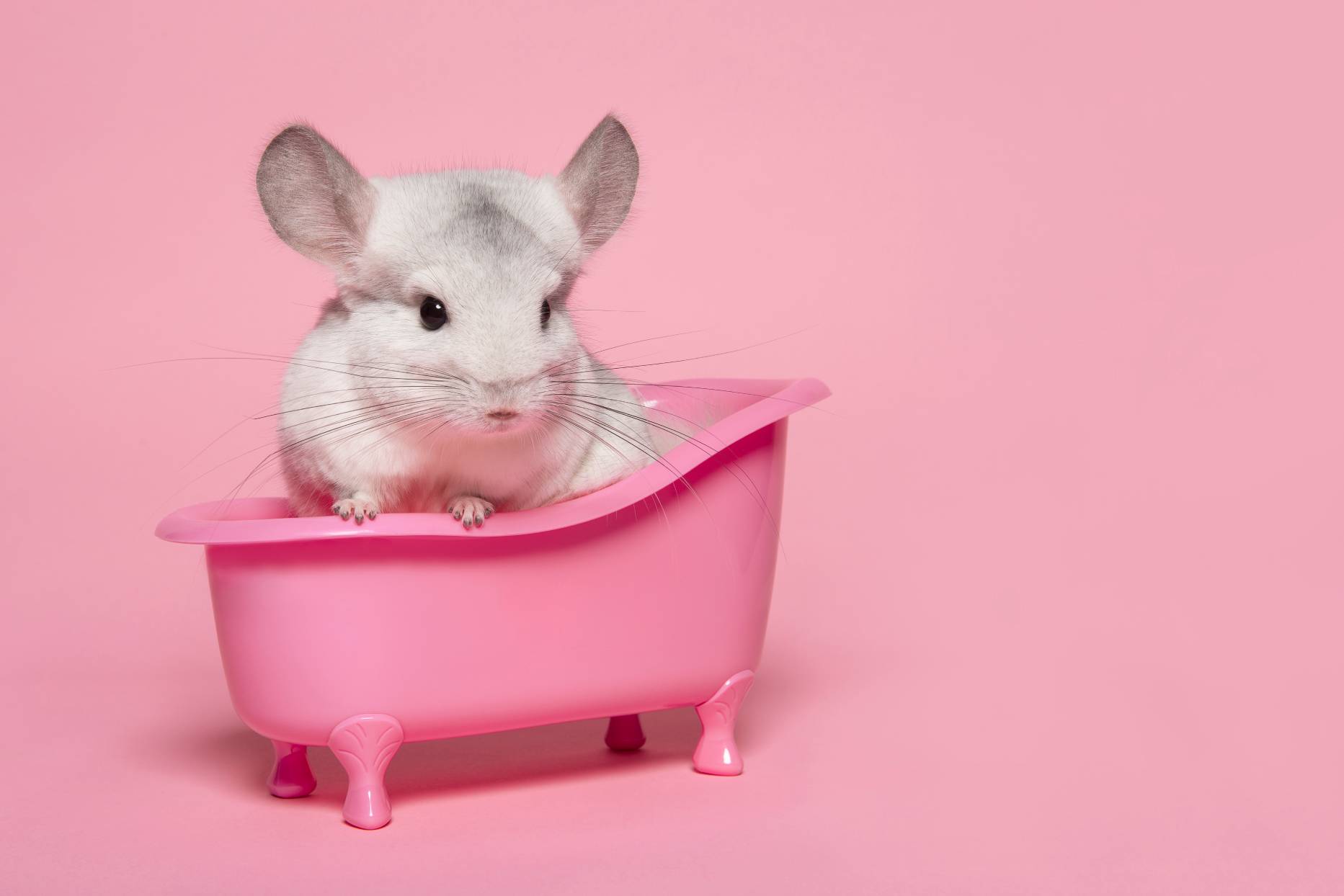
What Is It Like Keeping a Pet Chinchilla?
As pets, chinchillas are energetic, docile, and social. They can be cuddly and learn to enjoy human interaction but only with diligent socialization and handling from an early age. Chinchillas do not make the best pets for kids because they can be high-strung and don’t tolerate rough handling.
Keeping a pet chinchilla healthy requires a moderate level of care. They prefer a multi-level habitat with places to climb and hide, bedding, and an exercise wheel to burn off energy. Chinchillas should eat a diet of hay, pellets, and small amounts of fresh vegetables and fruit.
Like many other rodents, chinchillas’ teeth grow constantly and they need access to safe chewing objects to keep them in check. Chinchillas also need to take dust baths about twice a week to keep their thick coats healthy.
Chinchillas are usually aggressive when they’re breeding or when intact males are kept together. It is best to house them alone, with special attention given to their interaction needs with their caretaker (you!). They can’t tolerate heat well and should avoid temperature extremes.
Fun Facts About Chinchillas
In Conclusion
Hopefully, you’ve enjoyed learning some history and facts about the adorable chinchilla. Maybe you’re now inspired to look into getting one for your very own. Before you get swept away by the cute face of a chinchilla, however, make sure you’re prepared to care for one. Chinchillas can live as long as 10-15 years with good care.
They may come from rugged terrain but pet chinchillas can be surprisingly delicate. Do your research first to ensure you can provide your chinchilla with the best quality of life before accepting the responsibility of owning one.
Featured Image Credit: Barbashova Sveta, Shutterstock


 Where Are Chinchillas From?
Where Are Chinchillas From?
